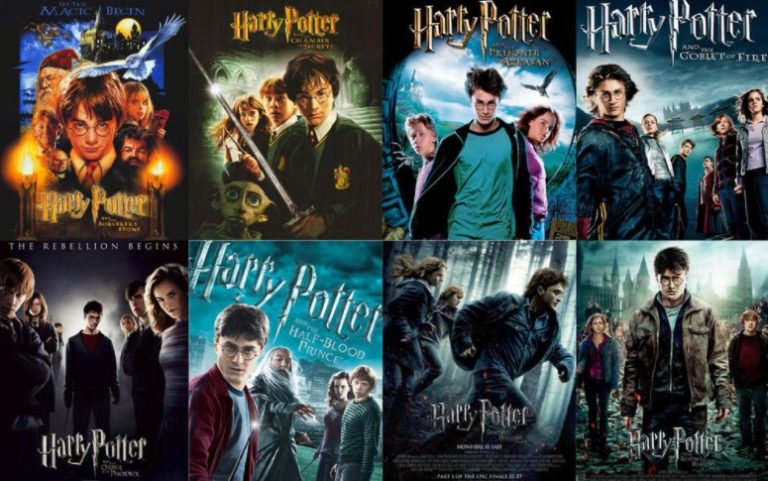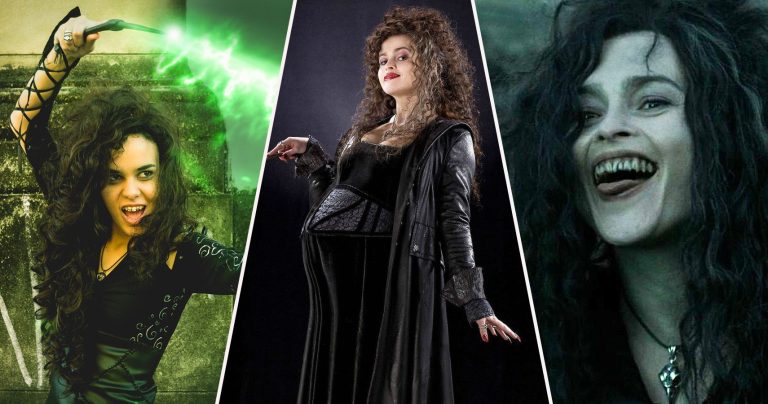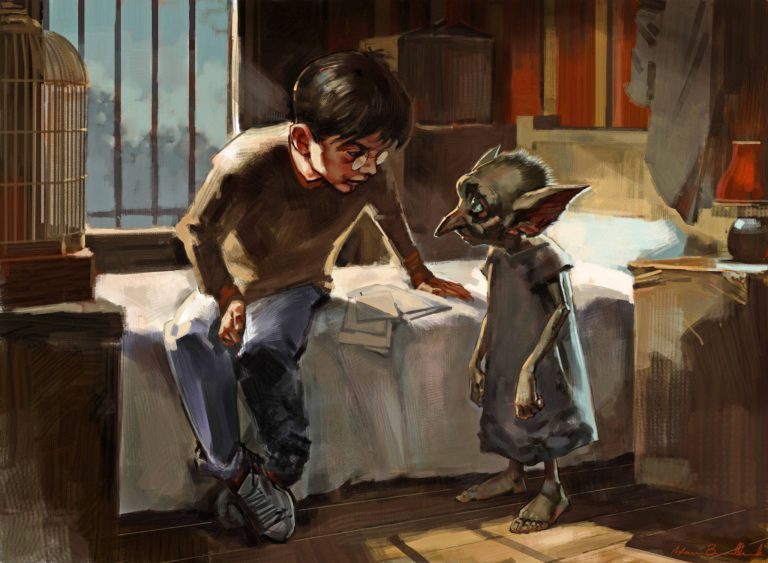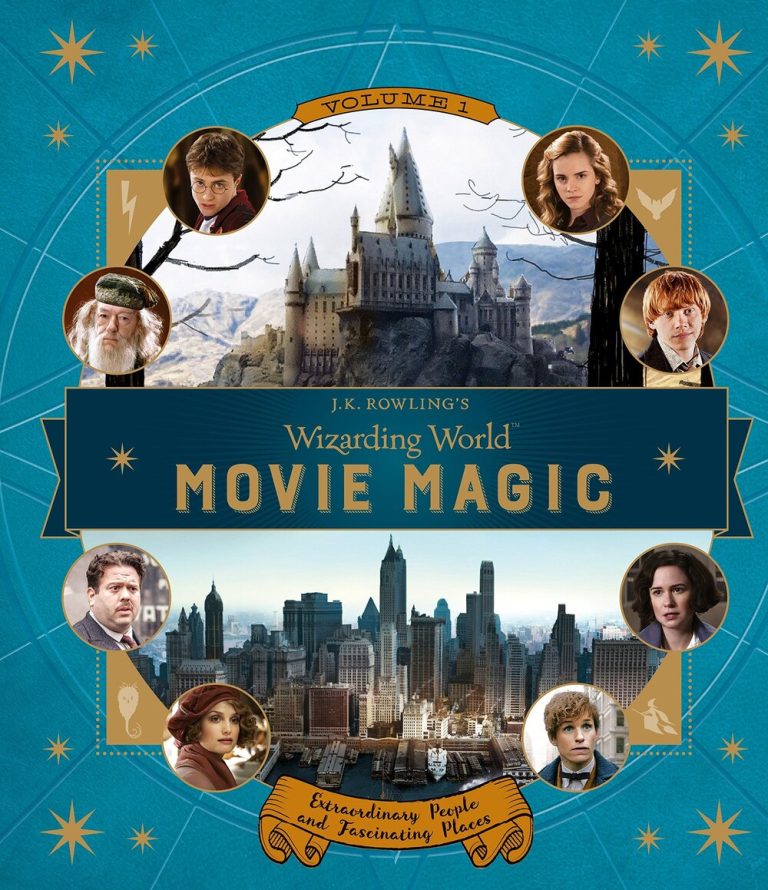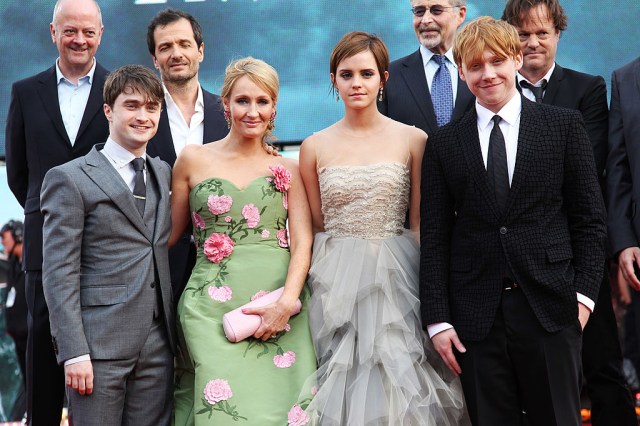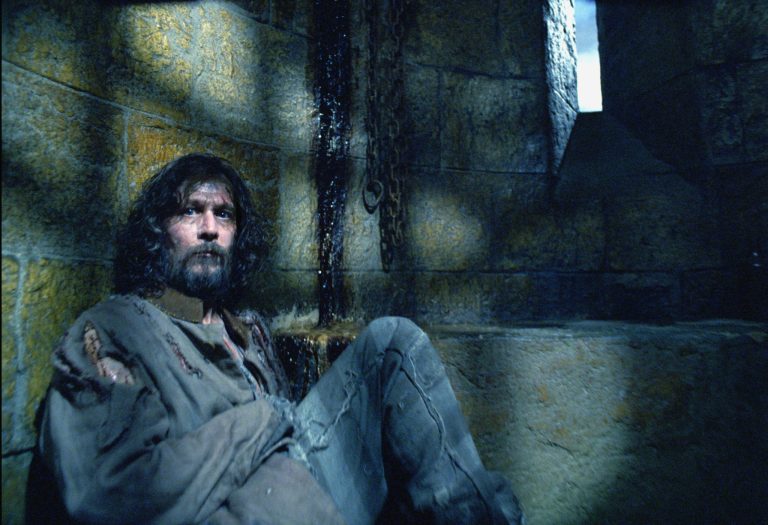How Were The Magical Objects And Artifacts Designed For The Harry Potter Movies?
If you’ve ever dreamt of stepping into the enchanting world of Harry Potter, then you’re in for a magical treat. In the movies, one of the most captivating aspects is the intricate design of the magical objects and artifacts that bring the wizarding world to life. From the iconic wand of Harry Potter himself to the mystical Time-Turner, every prop has a story to tell. So, how were these fantastical creations brought to life? Let’s dive into the mesmerizing world of prop design for the Harry Potter movies.
Creating the magical objects and artifacts of the Harry Potter movies was no ordinary feat. The talented team of prop designers and artisans worked tirelessly to ensure that every wand, potion bottle, and mystical artifact captured the essence of J.K. Rowling’s world. They meticulously crafted each piece, paying attention to the smallest details, and infused them with a touch of magic. From the whimsical to the awe-inspiring, these props not only enhanced the storytelling but also became iconic symbols of the beloved franchise.
So, join me as we embark on a journey through the creative process behind the design of these magical objects and artifacts. From concept sketches to intricate sculpting and the art of prop-making, we’ll uncover the secrets behind the enchanting props that continue to captivate fans around the globe. Get ready to be spellbound by the ingenuity and craftsmanship that went into bringing the wizarding world to life on the silver screen.
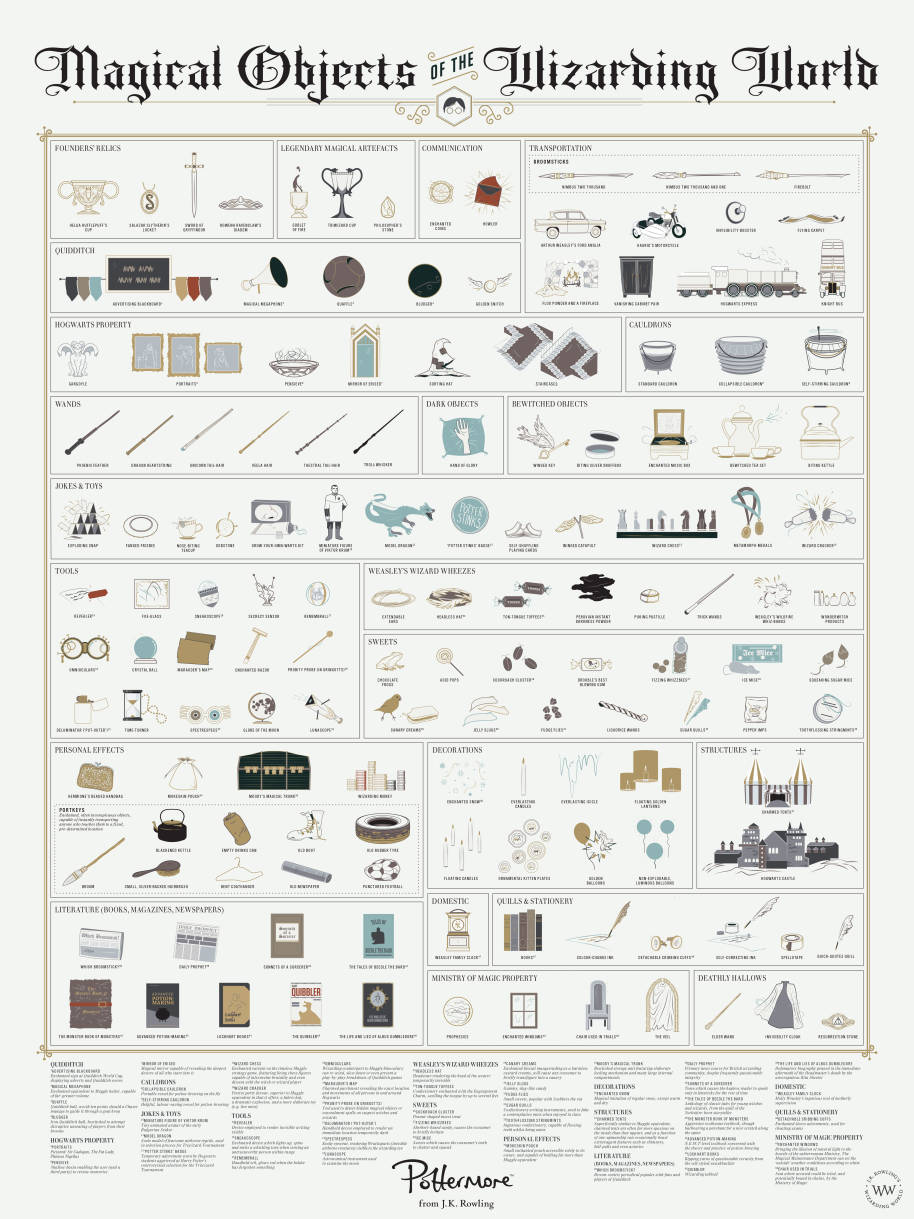
How Were the Magical Objects and Artifacts Designed for the Harry Potter Movies?
The Harry Potter movies brought to life a world of magic and wonder, captivating audiences with its enchanting story and captivating visuals. One of the key elements that contributed to the movie’s success was the intricate and detailed design of the magical objects and artifacts. From the iconic wand of Harry Potter to the mystical Sorting Hat, each prop was meticulously crafted to enhance the storytelling and immerse viewers in the wizarding world.
The Design Process
The design process for the magical objects and artifacts in the Harry Potter movies was a collaborative effort between the production design team, prop makers, and the director. It began with extensive research and brainstorming to understand the characteristics and functionality of each object. The team studied the descriptions provided in J.K. Rowling’s books and worked closely with the author herself to ensure accuracy and authenticity.
Once the initial concepts were developed, the prop makers brought them to life through sketches and prototypes. These prototypes were then refined and tested to ensure they met the requirements of the story and the practical needs of the actors. The final designs were often a combination of practical effects, animatronics, and visual effects, seamlessly integrated to create a believable and magical experience on screen.
Attention to Detail
One of the key aspects of designing the magical objects and artifacts was the attention to detail. The prop makers meticulously crafted each item, taking into account its history, functionality, and significance within the Harry Potter universe. Every prop had to be visually appealing, but also grounded in the reality of the story.
For example, the wands, which play a central role in the movies, were not just generic sticks. Each wand was designed to reflect the personality and characteristics of its owner. The prop makers carefully selected materials, shapes, and colors to match the character’s traits, creating a visual language that added depth and nuance to the storytelling.
The attention to detail extended to the smaller props as well. From the intricate designs on the Marauder’s Map to the delicate engravings on the Triwizard Cup, every object was thoughtfully designed to enhance the visual narrative and create a sense of wonder and discovery.
The Role of Practical Effects
While visual effects played a significant role in bringing the magical objects to life, practical effects were also crucial in creating a tangible and immersive experience for the actors and the audience. The prop makers used a combination of traditional craftsmanship and modern techniques to achieve the desired effects.
For instance, the flying broomsticks, which were a staple in the Harry Potter movies, were not just props. They were functional devices that allowed the actors to simulate the sensation of flying. The prop makers engineered these broomsticks with special mechanisms and harnesses, enabling the actors to perform their scenes with realistic movements and reactions.
Similarly, the animatronic creatures, such as Dobby the house-elf and the Basilisk, were created using a combination of robotics, puppetry, and animatronics. These practical effects added a level of authenticity and believability to the scenes, allowing the actors to interact with the creatures in a more natural and convincing manner.
The Importance of Collaboration
The design of the magical objects and artifacts in the Harry Potter movies was a testament to the power of collaboration. The prop makers worked closely with the production design team, the director, and the visual effects artists to ensure a seamless integration of practical and digital effects.
This collaboration extended to the actors as well. The prop makers understood the importance of creating props that felt real and had weight, allowing the actors to fully immerse themselves in their characters’ world. They took into account the actors’ input and feedback, making adjustments to the props to enhance their performance and create a more authentic on-screen experience.
In conclusion, the design of the magical objects and artifacts in the Harry Potter movies was a meticulous and collaborative process that brought the wizarding world to life. The attention to detail, the use of practical effects, and the dedication of the prop makers and the production design team all contributed to creating a visually stunning and immersive cinematic experience. The result is a collection of iconic props that have become synonymous with the Harry Potter franchise and have captivated audiences around the world.
Key Takeaways: How were the magical objects and artifacts designed for the Harry Potter movies?
- 1. The magical objects and artifacts in the Harry Potter movies were designed by a team of talented artists and craftsmen.
- 2. The designs were based on the descriptions in J.K. Rowling’s books, but the artists also added their own creative touches.
- 3. The team used a variety of materials and techniques to bring the magical objects to life, including sculpting, painting, and 3D printing.
- 4. Each object was carefully crafted to reflect the personality and function of the magical world, from the intricate details on the wands to the enchanting features of the flying broomsticks.
- 5. The designers worked closely with the filmmakers to ensure that the objects fit seamlessly into the movie’s visual style and storytelling.
Frequently Asked Questions
Discover how the magical objects and artifacts in the Harry Potter movies were designed with these commonly asked questions.
1. What was the process behind designing the magical objects and artifacts?
The design process for the magical objects and artifacts in the Harry Potter movies was a collaborative effort between the production designer, art department, and visual effects team. It started with brainstorming sessions and discussions to understand the specific requirements of each object. Sketches and concept art were then created to visualize the designs.
Once the initial designs were approved, the art department would begin creating the physical props. This involved sculpting, molding, and casting using various materials like clay, foam, and resin. The props were then painted and detailed to bring out their magical qualities. For objects that required visual effects, such as flying broomsticks or moving portraits, the visual effects team would step in and create the necessary digital effects.
2. How were the magical properties of the objects portrayed visually?
To visually represent the magical properties of the objects, a combination of practical effects and visual effects were used. Practical effects involved using mechanisms, wires, and animatronics to create movement and transformation in the objects. For example, the self-stirring cauldrons were designed with hidden mechanisms that allowed them to stir on their own.
Visual effects were employed for more complex magical effects that couldn’t be achieved practically. This included creating digital fire, levitation, and other magical elements. The visual effects team would use computer-generated imagery (CGI) to add these effects in post-production, seamlessly integrating them with the practical props.
3. Did the design team take inspiration from the books?
Yes, the design team often took inspiration from J.K. Rowling’s descriptions of the magical objects and artifacts in the books. They would closely study the descriptions and try to bring them to life on screen. However, they also had the creative freedom to interpret and expand upon the descriptions to make the objects visually interesting and captivating.
In some cases, the design team had to create objects that were not explicitly described in the books. They would work closely with the filmmakers and J.K. Rowling herself to ensure that the designs stayed true to the magical world she had envisioned.
4. Were any real-world objects used as inspiration for the designs?
Yes, real-world objects often served as inspiration for the designs of the magical objects and artifacts. The design team would research historical artifacts, antiques, and other objects that had a sense of mystique and wonder. They would then incorporate elements from these real-world objects into their designs, adding a layer of authenticity to the magical world.
Additionally, the design team would take inspiration from various cultures and mythologies around the world. This helped in creating a diverse range of magical objects that felt rooted in different traditions and histories.
5. How did the design team ensure the magical objects fit seamlessly into the wizarding world?
The design team worked closely with the production designer and other departments to ensure that the magical objects seamlessly fit into the wizarding world. They paid attention to the overall aesthetic of the films, taking into consideration the architecture, costumes, and other visual elements.
They also created a cohesive design language for the wizarding world, incorporating recurring motifs, symbols, and color palettes. This helped in establishing a visual continuity across the different magical objects and artifacts, making them feel like they belonged in the same universe.
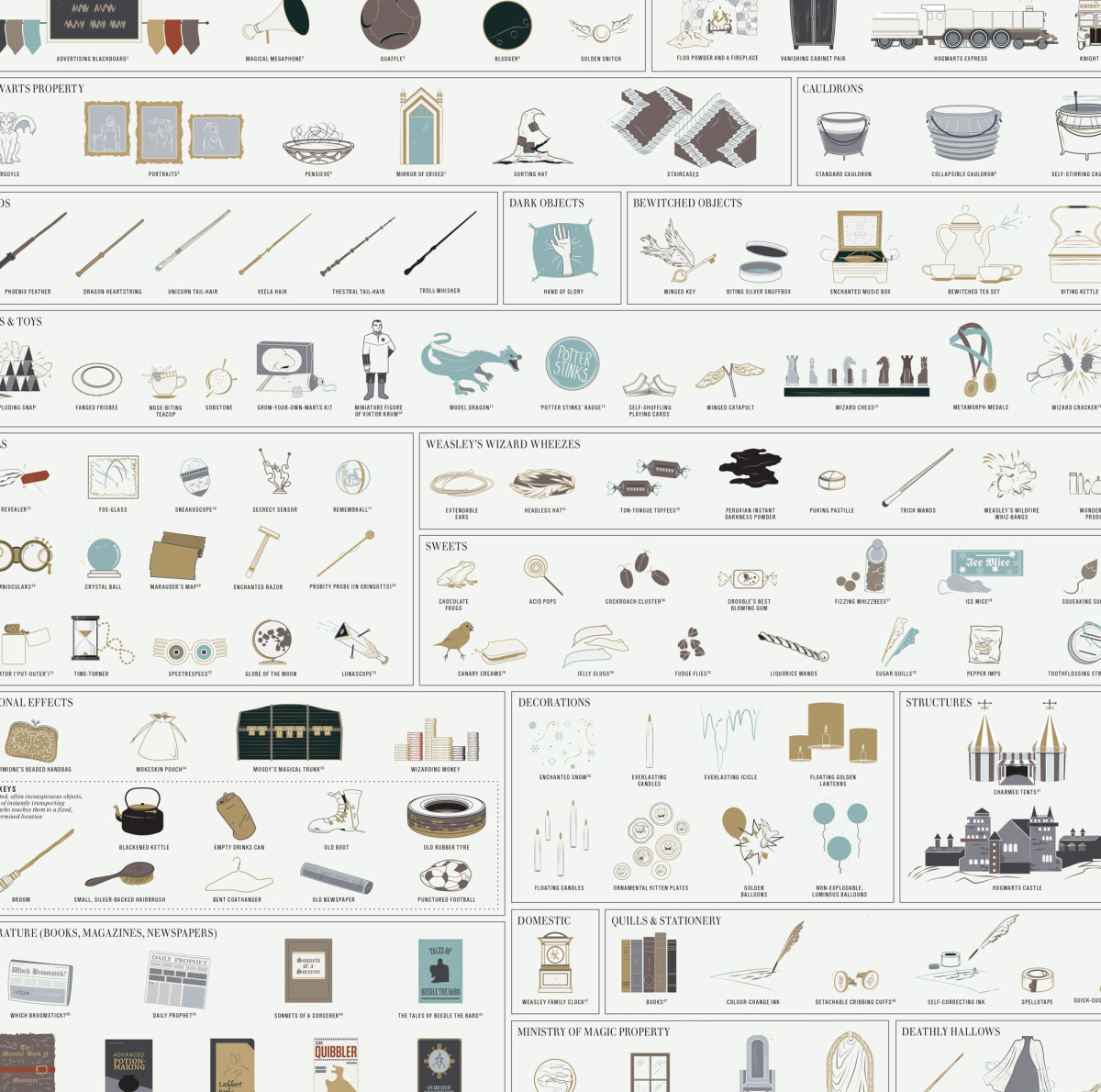
Top 10 Magical Objects in the Harry Potter Series
Final Summary: The Enchanting Design of Magical Objects in the Harry Potter Movies
And there you have it, a glimpse into the remarkable world of magical objects and artifacts in the Harry Potter movies. From the intricately designed wands to the enchanting Time-Turner, these objects played a pivotal role in bringing the wizarding world to life on the big screen. The talented team of designers and creators spared no detail in their efforts to make these objects truly magical.
Through a combination of meticulous research, imaginative vision, and skilled craftsmanship, each item was brought to life with its unique characteristics and enchantments. From the whimsical and playful to the dark and mysterious, these objects helped shape the narrative and transport us into the enchanting world of Harry Potter. The attention to detail and the commitment to authenticity is truly awe-inspiring.
The success of the Harry Potter movies can be attributed in part to the captivating design of these magical objects. They not only added depth and authenticity to the story but also captured the hearts of millions of fans around the world. The dedication and creativity of the design team brought these objects to life, making them just as iconic as the characters themselves.
So, the next time you watch a Harry Potter movie, take a moment to appreciate the thought and effort that went into the design of these magical objects. They are not just props, but key players in the magical world that continues to captivate audiences of all ages. The magic lives on through these enchanting creations, reminding us that anything is possible if you believe in the power of imagination.
In conclusion, the design of magical objects and artifacts in the Harry Potter movies is a testament to the incredible creativity and attention to detail of the design team. These objects played an integral role in bringing the wizarding world to life, adding depth and authenticity to the story. From the iconic wands to the whimsical Quidditch equipment, each object was meticulously crafted with its own unique characteristics and enchantments. The success of the Harry Potter movies can be attributed in part to the captivating design of these magical objects, which have become just as beloved and iconic as the characters themselves. So, the next time you watch a Harry Potter movie, take a moment to appreciate the magic and wonder that these objects bring to the screen.

